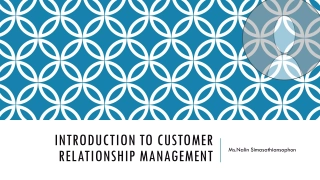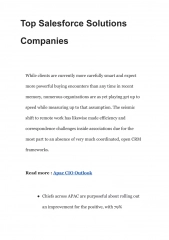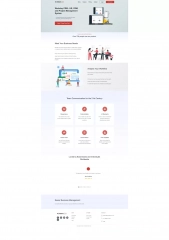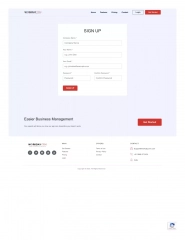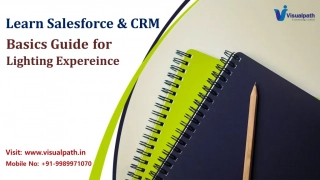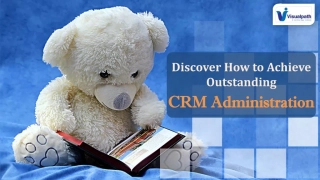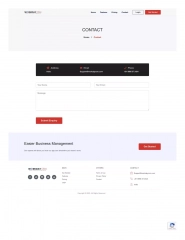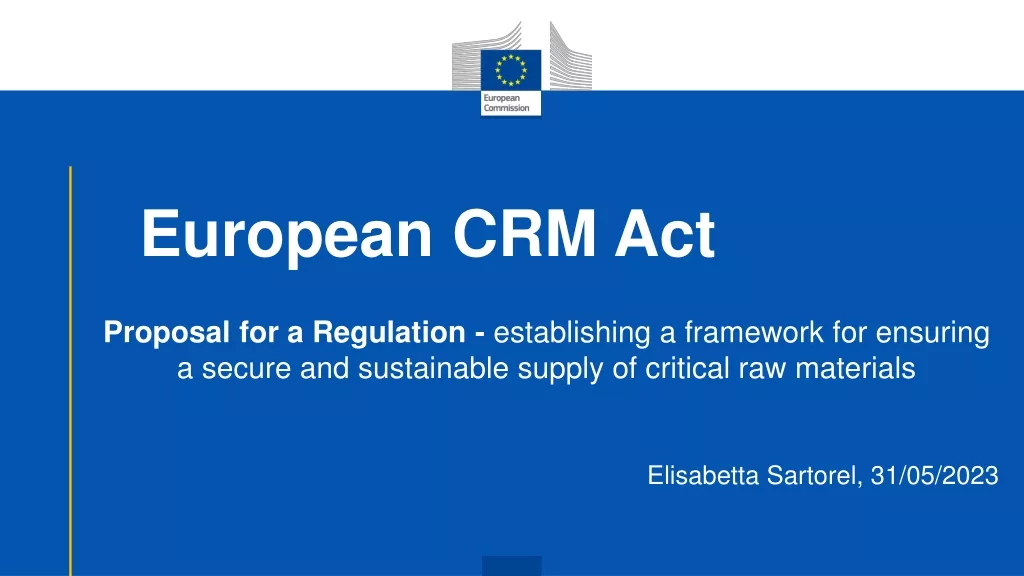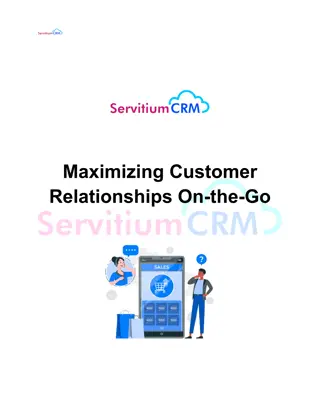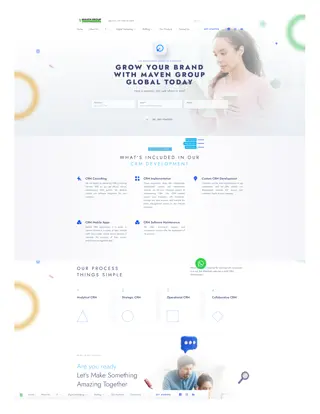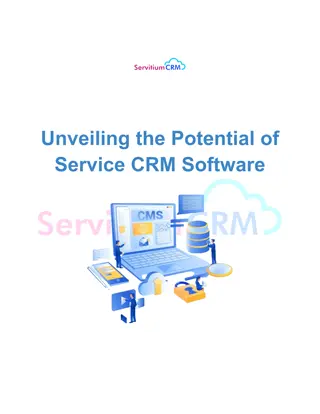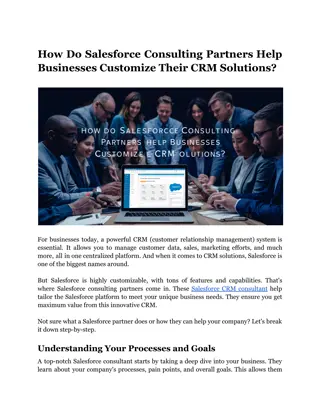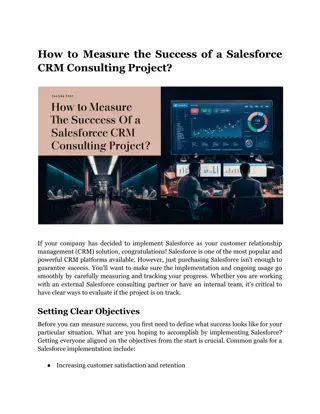
Communication, CRM, and Customer Service
Explore the process of communication involving verbal, non-verbal, written, and visual methods, learn about customer relationship management (CRM) technology for enhancing customer interactions, and discover the importance of customer service in providing excellent assistance and guidance throughout the customer journey.
Download Presentation

Please find below an Image/Link to download the presentation.
The content on the website is provided AS IS for your information and personal use only. It may not be sold, licensed, or shared on other websites without obtaining consent from the author. If you encounter any issues during the download, it is possible that the publisher has removed the file from their server.
You are allowed to download the files provided on this website for personal or commercial use, subject to the condition that they are used lawfully. All files are the property of their respective owners.
The content on the website is provided AS IS for your information and personal use only. It may not be sold, licensed, or shared on other websites without obtaining consent from the author.
E N D
Presentation Transcript
Communication Communication is a process that involves sending and receiving messages through the verbal and non-verbal methods. Communication is a two-way means of communicating information in the form of thoughts, opinions, and ideas between two or more individuals with the purpose of building an understanding.
Types of communication Verbal It is a method that uses speech in the form of speaking to convey a message or information. It is the most popular and effective mode of communication, usually practised during video conferences, phone calls, presentations, one-on-one conversations, and meetings. It supports both nonverbal and written communication. Nonverbal It is basically a practice of gestures, facial expressions, and body language to send information. It can be implemented intentionally and unintentionally when communicating. For instance, a person can smile unintentionally when they hear an interesting piece of information or a pleasant idea. Written It is all about typing, printing symbols, numbers, letters, and writing to send a piece of information. Sometimes used to record information for evidence or reference purpose. In general, the written style of communication is used in books, blogs, pamphlets, memos, and letters to share and spread information. In the workplace, e-mail is a common example of written communication. Visual It uses art, photographs, sketches, graphs, charts, and drawings, to pass on the information. It is used especially during presentations to present to give a visual effect and support written or verbal communication.
Customer relationship management Customer relationship management (CRM) is a technology for managing all your company's relationships and interactions with customers and potential customers. The goal is simple: Improve business relationships. A CRM system helps companies stay connected to customers, streamline processes, and improve profitability.
Customer services & key elements of great customer service Customer service is defined as the assistance and guidance a company provides to people before, during, and after they buy a product or service. There s a direct correlation between satisfied customers, brand loyalty, and revenue growth. In times of change, customers need support to help quickly answer questions and address any concerns. Customer feedback through the service channel is an invaluable source of information about how your company is performing, and ways that you can continue to improve. In order to be able to help, customer service agents need all relevant data at their fingertips. Intelligent technologies help reduce contact volume and manual work so agents have more time to focus on customer interactions. Service improves business resilience by smoothing the effects of change, supporting customers in all situations.
Nature and types of customer Customers are people who have chosen to consume your product or your service. They have already invested in your offering and gained some value from you, for which they are often thankful. They are not coming at you as a neutral third party; they are coming from the perspective of knowledge and connection. 1. Loyal customers: Customers that make up a minority of the customer base but generate a large portion of sales. 2. Impulse customers: Customers that do not have a specific product in mind and purchase goods when it seems good at the time. 3. Discount customers: Customers that shop frequently but base buying decisions primarily on markdowns. 4. Need-based customers: Customers with the intention of buying a specific product. 5. Wandering customers: Customers that are not sure of what they want to buy.
Customer day & copra forum Customer Relations Programmes shall be organized at all. Branches at least once every quarter on 25th of Feb, 25th May, 25th Aug and 25th. Nov (on previous working day in case of a holiday) where staff and customers. meet and interact freely on service related issues. The Consumer Protection Act, 1986 (COPRA) was an Act by the Parliament of India elected to protect the interests of consumers in India. It was replaced by the Consumer Protection Act, 2019.
Ombudsman & types An ombudsman is an official, usually appointed by the government, who investigates complaints (usually lodged by private citizens) against businesses, financial institutions, universities, government departments, or other public entities, and attempts to resolve the conflicts or concerns raised, either by mediation Classical Ombudsmen. These Ombudsmen receive and investigate complaints and concerns regarding governmental policies and processes. ... Advocate Ombudsmen. ... Hybrid Ombudsmen. ... Executive Ombudsmen. ... Legislative Ombudsmen. ... Media Ombudsmen.
Market segment & its improtance Market segmentation is a marketing strategy that uses well-defined criteria to divide a brand's total addressable market share into smaller groups. Each group, or segment, shares common characteristics that enable the brand to create focused and targeted products, offers and experiences. Common characteristics of a market segment include interests, lifestyle, age, gender, etc. Common examples of market segmentation include geographic, demographic, psychographic, and behavioral. Segmentation helps marketers to be more efficient in terms of time, money and other resources. Market segmentation allows companies to learn about their customers. They gain a better understanding of customer's needs and wants and therefore can tailor campaigns to customer segments most likely to purchase products.
Customer Data Base & its benefits A customer database is the collection of information that is gathered from each person. The database may include contact information, like the person's name, address, phone number, and e-mail address. The database may also include past purchases and future needs. Identify your most important customer segments. ... Attract and retain more high-value customers. ... Improve onboarding to encourage the second purchase. ... Personalize the online shopping experience. ... Keep customers engaged between purchases to prevent churn. ... Have a unified view of customer data.
Market Research Market research blends consumer behavior and economic trends to confirm and improve your business idea. It's crucial to understand your consumer base from the outset. Market research lets you reduce risks even while your business is still just a gleam in your eye. Primary Market Research Primary research generally falls into two categories: exploratory and specific research. Exploratory research is less structured and functions via open-ended questions. The questions may be posed in a focus group setting, telephone interviews, or questionnaires. It results in questions or issues that the company needs to address about a product that it has under development. Specific research delves more deeply into the problems or issues identified in exploratory research. Secondary Market Research All market research is informed by the findings of other researchers about the needs and wants of consumers. Today, much of this research can be found online.
Review and evaluation of customer satisfaction The customer satisfaction score is, as its name implies, a measurement of how satisfied customers are with your offerings and service. It's a tool to measure how a customer feels at the moment. The customer satisfaction score is the most common method used to gauge consumer sentiment. Important 6 Techniques of Measuring Customer Satisfaction: 1. Customer Feedback Through Surveys 2. Customer Satisfaction Score 3. Net Promoter Score 4. Customer Effort Score 5. Web-Analytics 6. Social Media Metrics
Complaint redressal methods A grievance redressal system is a process to address employee grievances, and it can be defined as a mechanism that enables employees to communicate their concerns to management. The grievance redressal system helps in resolving employees grievances in a formal manner which may be between an employee to employee or either between employee and management. For an organization to function effectively, it is important that the employees are satisfied and happy about their job. Upon dissatisfaction with the response they receive, they can go higher up the chain until they finally reach someone who will listen to them. The grievance redressal system provides a fair and transparent process for resolving employee complaints. It ensures that all employees are treated equally and fairly, regardless of their position or seniority. The system is implemented through various policies and procedures designed to ensure that grievances are handled fairly and impartially, without bias towards anyone involved in the process.
key points of grievance redressal system 1. Document the issue/complaint: The employee should make an initial effort to resolve the grievance with their immediate supervisor. The first step is to write a letter to the grievance redressal committee/concerned department head/supervisor containing all relevant details of the issue. The supervisor s decision is final unless it is unreasonable, arbitrary, or irrational. 2. Problem identification: A supervisor should identify the problem and assess the situation. 3. Collecting the information: When the problem has been identified, the supervisor should collect all relevant information about the grievance before developing a plan of action. 4. Analyze: To find the root of the problem, the supervisor must study various aspects such as the employee s history, frequency of occurrences 5. Decision making & Implementation: The management work out several alternative courses of action, and the consequences of each course on the employee and the administration are evaluated. A final decision is reached based on which course of action will benefit all parties concerned and is implemented. 6. Take action: If a grievance refers to a higher authority under this procedure and the outcome does not meet their expectations, both parties can agree to appoint an arbitrator.
7 Key Points of a Good Grievance Redressal System
Grievances and its features On the basis of the above definitions, features of grievance can be listed as given below: i. Grievance reflects dissatisfaction or discontent experienced by employees. ii. It is a sense of injustice to one s job meted out by the employer. iii. It may be expressed or implied. iv. It may be verbal or written. v. It may be real or imaginary. vi. It may be valid and legitimate or may not be so. vii. Grievance may arise out of something related to employee s service contract. viii. Grievance, not addressed in time, gives rise to discontent, frustration, poor morale and low productivity.

